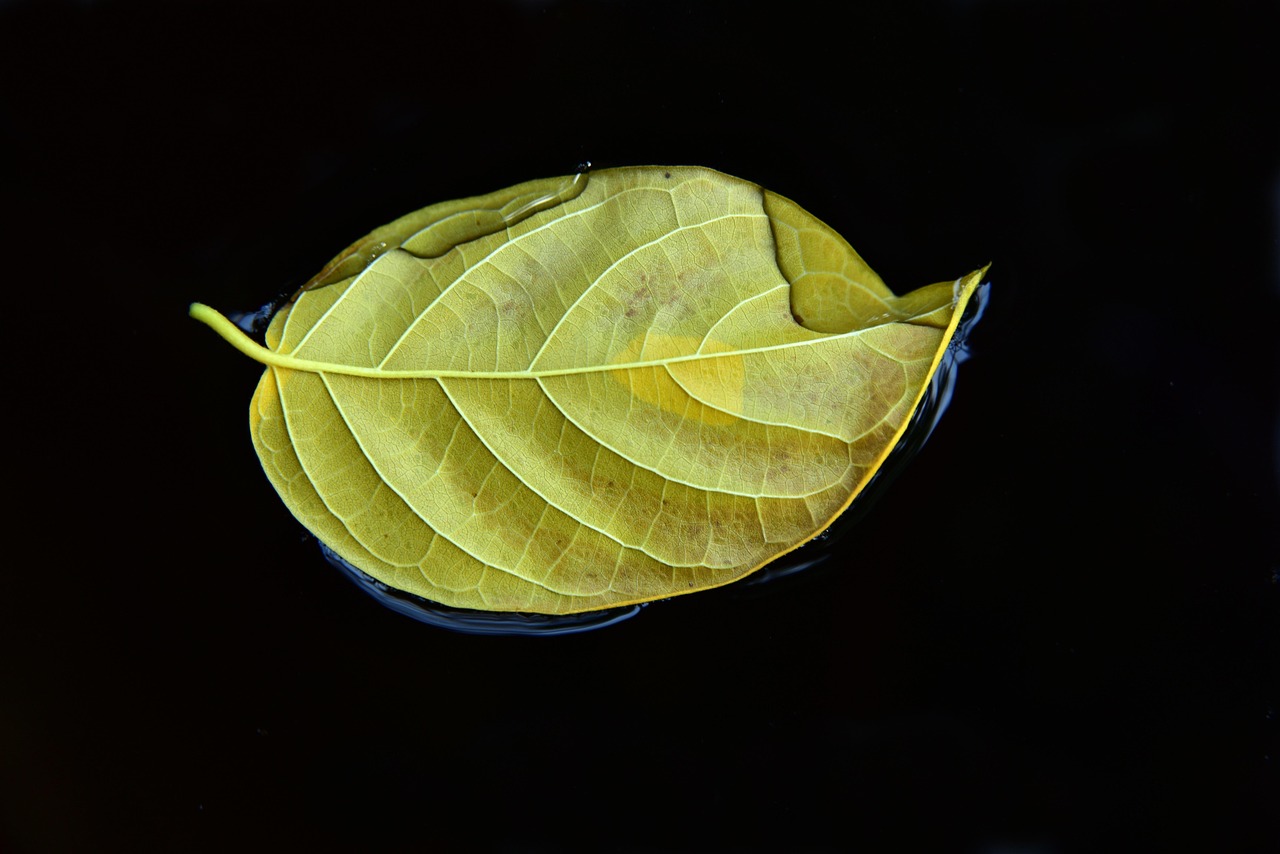Christmas cacti are beloved for their stunning blooms during the holiday season. With the right care, you can encourage your Christmas cactus to produce vibrant flowers. This guide will provide you with essential tips and tricks to achieve a flourishing plant.
Originating from the tropical rainforests of Brazil, the Christmas cactus (Schlumbergera) has become a popular houseplant. Unlike traditional cacti, which thrive in arid conditions, Christmas cacti prefer a more humid environment. They are known for their segmented stems and beautiful tubular flowers that come in a variety of colors including pink, red, and white. Understanding their natural habitat is crucial to replicating the ideal growing conditions.

To successfully make your Christmas cactus bloom, it is important to consider several factors such as light, temperature, water, and fertilization. Each aspect plays a vital role in promoting healthy growth and blossom production. Below is a table summarizing these key care elements.
| Care Aspect | Ideal Conditions |
|---|---|
| Light | Bright, indirect sunlight |
| Temperature | 65-75°F (18-24°C) |
| Water | Moderate; allow soil to dry between waterings |
| Humidity | Higher humidity preferred; misting can help |
| Fertilization | Balanced fertilizer during growing season |
Understanding the Lifecycle of the Christmas Cactus
To promote blooming, it is essential to understand the lifecycle of the Christmas cactus. This plant has specific periods for growth, dormancy, and flowering. Generally, the plant experiences growth from spring through summer. During this time, it requires more water and nutrients to support its development.
As fall approaches, the Christmas cactus enters a dormancy phase. This is a crucial time for flower bud formation. It is important to reduce watering and maintain cooler temperatures to encourage blooming. Typically, a drop in temperature to around 50-60°F (10-15°C) can stimulate bud development.
Optimal Lighting Conditions
Lighting plays a significant role in the health and blooming of your Christmas cactus. These plants thrive in bright but indirect sunlight. Direct sunlight can scorch their leaves, leading to potential damage. Placing your cactus near a north or east-facing window is often ideal.
If natural light is insufficient, consider using grow lights to supplement. Providing around 12-14 hours of light daily can mimic the conditions needed for blooming. Be cautious of sudden changes in lighting conditions as this can stress the plant.
Watering Techniques for Blooming Success

Proper watering techniques are vital for the health of your Christmas cactus. Overwatering can lead to root rot while underwatering can cause stress. The key is to allow the soil to dry out slightly between waterings.
During the growing season, you may need to water more frequently. However, as fall sets in, reduce the frequency to encourage dormancy. When you notice flower buds forming, resume regular watering but ensure not to overdo it.
By understanding these foundational care elements, you set yourself up for success in getting your Christmas cactus to bloom beautifully during the holiday season. In the next sections, you will learn about fertilization practices and additional tips for ensuring vibrant flowers on your plant.
Fertilization Practices for Vibrant Blooms

Fertilization is a crucial aspect of caring for your Christmas cactus. Providing the right nutrients during the growing season can significantly enhance the chances of blooming. A balanced fertilizer will support the plant’s development and prepare it for the energy-intensive blooming phase.
Choosing the Right Fertilizer
When selecting fertilizer, look for a balanced formulation, such as a 10-10-10 or 20-20-20 NPK ratio. This means that the fertilizer contains equal parts nitrogen, phosphorus, and potassium, essential nutrients for plant health.
Another option is to use a fertilizer specifically designed for cacti and succulents. These formulas are often lower in nitrogen and higher in phosphorus, which can promote flowering. Always follow the manufacturer’s instructions regarding dilution and application rates.
Fertilization Schedule
During the growing season, which lasts from spring to early fall, fertilize your Christmas cactus every 4-6 weeks. This regular feeding will help boost growth and prepare the plant for blooming. As fall approaches, reduce or stop fertilization to allow the plant to enter its dormancy phase.
- Spring: Start fertilizing every 4-6 weeks as new growth appears.
- Summer: Continue regular feeding to support robust growth.
- Fall: Gradually reduce fertilization to prepare for dormancy.
- Winter: No fertilization is needed during this period.
Temperature and Humidity: Creating the Perfect Environment
Temperature and humidity are critical factors in ensuring your Christmas cactus thrives and blooms. These plants naturally grow in warm, humid environments, so replicating these conditions at home is essential.
Ideal Temperature Range
Your Christmas cactus prefers temperatures between 65-75°F (18-24°C) during the day. At night, a slight drop to around 50-60°F (10-15°C) can encourage blooming. This temperature fluctuation mimics their natural habitat and signals the plant to prepare for flower production.
Maintaining Humidity Levels
Christmas cacti thrive in higher humidity levels. If your home is particularly dry, especially in winter, consider the following methods to increase humidity:
- Misting: Lightly mist the leaves with water several times a week.
- Humidity Tray: Place a shallow tray filled with water and pebbles under the pot. As the water evaporates, it will increase humidity around the plant.
- Grouping Plants: Keep your Christmas cactus near other houseplants to create a micro-humid environment.
Pruning for Health and Blooming Potential
Pruning your Christmas cactus can promote healthy growth and increase blooming potential. By removing dead or unhealthy segments, you can redirect energy towards new growth and flower production.
When to Prune
The best time to prune is after flowering has finished but before new growth begins in the spring. This timing allows you to remove spent blooms and any unhealthy segments without affecting the upcoming growth cycle.
How to Prune
To prune effectively:

- Use clean, sharp scissors or pruning shears.
- Identify segments that are shriveled, discolored, or damaged.
- Cut these segments back to healthy tissue.
- Avoid cutting more than one-third of the plant at a time to prevent stress.
By following these fertilization practices, maintaining optimal temperature and humidity levels, and incorporating proper pruning techniques, you will significantly enhance your chances of getting your Christmas cactus to bloom beautifully during the holiday season. In the following sections, we will explore additional tips and troubleshooting advice for common issues that may arise with your plant.
Common Issues and Troubleshooting
Despite your best efforts, you may encounter some issues while caring for your Christmas cactus. Understanding these potential problems and their solutions can keep your plant healthy and encourage blooming.
Overwatering and Root Rot
One of the most common issues with Christmas cacti is overwatering, which can lead to root rot. Symptoms include yellowing leaves, mushy stems, and a foul odor from the soil. To prevent this:
- Check Soil Moisture: Before watering, insert your finger about an inch into the soil. If it feels dry, it is time to water.
- Use Well-Draining Soil: A cactus mix or a potting mix amended with perlite helps with drainage.
- Ensure Proper Drainage: Make sure your pot has drainage holes to allow excess water to escape.
Underwatering and Wilting
On the other hand, underwatering can also pose a problem. Signs of underwatering include shriveled stems and wilting leaves. To address this issue:
- Regular Watering Schedule: Establish a consistent watering routine, especially during the growing season.
- Monitor Environmental Conditions: Factors like temperature and humidity can affect how quickly the soil dries out.
- Revive the Plant: If your cactus is underwatered, soak the pot in water for about 30 minutes, allowing it to absorb moisture.
Pest Infestations
Pests such as spider mites, mealybugs, and scale can adversely affect your Christmas cactus. These pests can cause discoloration and hinder blooming. To manage pest infestations:
- Regular Inspections: Check your plant regularly for signs of pests, such as webbing or sticky residue.
- Natural Remedies: Use insecticidal soap or neem oil as a natural treatment. Spray it on affected areas as directed on the product label.
- Isolation: If you discover pests, isolate the affected plant to prevent spreading to other houseplants.
Encouraging Flower Bud Development
Once you have addressed any issues, focusing on encouraging flower bud development is essential for a successful bloom. The following tips can help maximize your chances of seeing vibrant flowers:
Temperature Manipulation
As mentioned earlier, lowering nighttime temperatures can stimulate flower bud formation. Aim for a consistent temperature drop in late fall to promote blooming. Setting your plant in a cooler room can be beneficial during this period.
Light Adjustment for Budding
During the weeks leading up to flowering, you may want to slightly adjust light exposure. Gradually reducing light duration each day for about two weeks can signal the plant that it is time to prepare for dormancy and blooming.
Avoiding Stress Factors
Avoid moving your Christmas cactus frequently or exposing it to drafts and extreme temperature changes. Stress can hinder bud development and lead to fewer blooms. Try to maintain a stable environment for your plant.
Maintaining Your Christmas Cactus Post-Bloom
After your Christmas cactus has bloomed, proper care continues to be important. This phase is vital for ensuring that your plant remains healthy and is ready for next year’s blooming season.
Post-Bloom Care Routine
Once the flowers fade, follow these steps:
- Reduce Watering: Cut back on watering as the plant enters its dormancy phase.
- Avoid Fertilization: Hold off on fertilizing until new growth appears in spring.
- Continue Pruning: Remove spent blooms and any unhealthy segments to encourage healthy growth.
By proactively addressing common issues and providing optimal care throughout the seasons, you can enjoy a thriving Christmas cactus that blooms beautifully each holiday season. In the next section, we will discuss additional tips for enhancing your overall plant care experience.
Additional Tips for Successful Christmas Cactus Care
In addition to the care practices discussed, there are several extra tips that can enhance your experience and success with growing a Christmas cactus. These strategies can help you optimize conditions and ensure that your plant thrives throughout the year.
Choosing the Right Potting Mix
The type of potting mix you use can significantly affect your Christmas cactus’s health. A well-draining mix is essential to prevent waterlogging and root rot. Here are some recommended mixes:
- Cactus Mix: Specifically formulated for cacti, this mix typically contains sand, perlite, and peat, ensuring good drainage.
- Custom Mix: Create your own by combining regular potting soil with perlite and coarse sand in equal parts.
- Organic Matter: Incorporating organic matter like coconut coir can improve moisture retention while still allowing for drainage.
Repotting Your Christmas Cactus
Repotting is essential for maintaining your plant’s health, especially if it has outgrown its current pot. It is generally recommended to repot every 2-3 years. The best time to repot your Christmas cactus is in spring, just before the growing season begins.
When repotting:
- Choose a pot that is only slightly larger than the current one to avoid excess soil that retains moisture.
- Gently remove the cactus from its pot, being careful not to damage the roots.
- Add fresh potting mix to the new pot, placing the cactus in the center and filling around it.
- Water lightly after repotting to settle the soil, but do not saturate.
Final Thoughts
Caring for a Christmas cactus can be a rewarding experience, especially when you see it bloom during the festive season. By providing the right amount of light, water, humidity, and nutrients, you create an environment conducive to vibrant flowers. Understanding the lifecycle of the plant, along with recognizing common issues and their solutions, can enhance your gardening skills.
Remember that each plant is unique, so it may take some time to determine what works best for your specific cactus. Experimenting with different care techniques can lead you to discover effective methods tailored to your plant’s needs. With patience and diligence, your Christmas cactus can become a beautiful centerpiece during holiday gatherings.
In conclusion, by following this comprehensive guide, you are well-equipped to nurture your Christmas cactus into a stunning display of blooms each year. Embrace the joy of plant care and enjoy the beauty that your Christmas cactus brings into your home!
